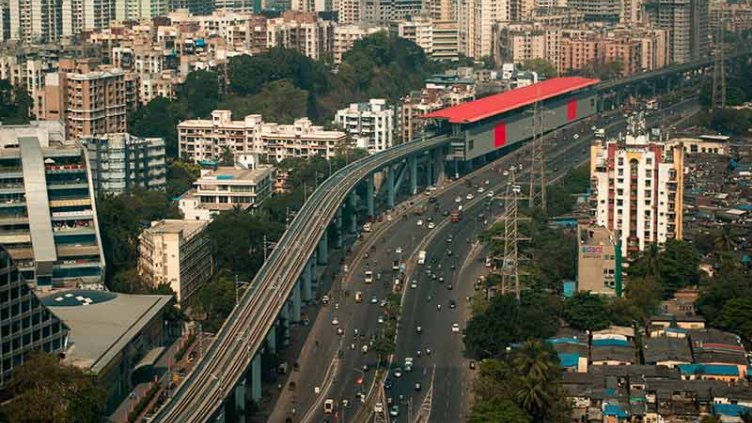Brisbane office thrives despite flexible work trends
Brisbane's office market flourishes despite remote work trends. Strong economic fundamentals make it an attractive investment market in Asia Pacific.
A shift towards remote work has impacted office markets globally. But in the era of working from home, why does office vacancy in Brisbane, Australia continue to decline? In Brisbane CBD, tenant demand has remained positive over four consecutive years (2021-2024) and in the final quarter of 2024, net absorption reached 16,300 sqm.
Economic drivers
Economic fundamentals in the state of Queensland are positive at both household and industry levels. The unemployment rate fell to 3.9% in December 2024, a decline from 4.1% in the previous quarter. Population growth increased by 2.3% in the 12 months to June 2024. Queensland has attracted more interstate migration, comparative to other Australian states, with net overseas migration also supporting this expansion. At the industry level, Queensland boasts strong exposure to mining and natural resources. However, its economy remains diverse with six different industries contributing to 50% of gross value added.
Figure 1: Gross Value Added by State (sectors making up 50% of state economies)
Source: JLL Research 2025 and ABS
Office market
Leasing demand, as measured by net absorption (in the large tenant cohort, >1,000 sqm) has been primarily driven by government. Over the past three years (2022-2024), public administration & safety occupiers have expanded by 71,200 sqm in the Brisbane market (CBD and Near City markets combined). In 2024, alone, public administration occupiers expanded by 12,400 sqm, followed by education and training at 4,400 sqm.
JLL Research data indicates the Brisbane office market is ahead of the pack, comparative to other major cities in Australia and the Asia Pacific region. Headline vacancy has trended down to 9.8% in 2024, a decline from a recent peak of 15.5% in 2021. While tenant demand has been elevated, a low supply trend in the past two years has placed downward pressure on the vacancy rate, which has fallen below 10.0% for the first time since 2012. Occupiers have favoured prime space, evidenced by a vacancy rate of 7.4% in Q4 2024.
Future supply in Brisbane is limited to three assets in the CBD, with no ongoing development in the Near City. 205 North Quay, fully pre-committed to an Australian government tenant, is expected to be completed in 2025. Only two developments are currently available for pre-commitment: 360 Queen Street (45,000 sqm) and Waterfront Brisbane North Tower (72,000 sqm). 360 Queen, a joint venture between Charter Hall and investa, is already 75% leased despite its expected completion in early 2026, having secured further pre-commitments in early 2025.The Dexus development, Waterfront Brisbane North, is set for completion by 2028 and has a pre-commitment rate of 51%.
Figure 2: Net Absorption in the Brisbane Office Market
Source: JLL Research 2025
Figure 3: Annual Net Absorption from 2021 to 2024
Source: JLL Research 2025
Brisbane's office market has shown resilience to the global shift towards flexible work, distinguishing itself from other major cities in Australia and the Asia Pacific region. Robust economic and office market fundamentals are an indication that Brisbane could indeed be a prime location for future investors seeking exposure to CRE and office assets.



